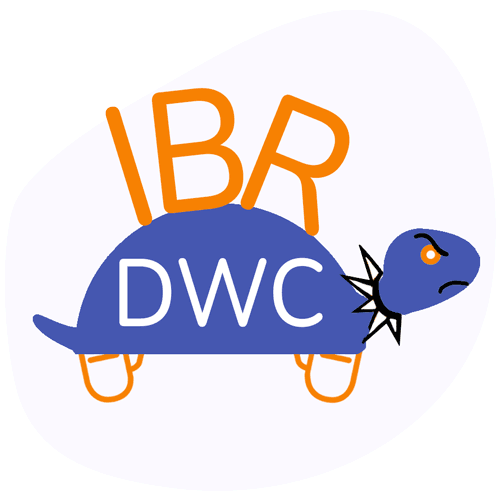CA IBR: Why Are Claims Admins Redacted From Decisions?

Accountability is critical to the functioning of any system, especially one upon which the health of injured workers depends. So we’re compelled to ask a question that’s been bothering us for… years, really.
Why does the Division of Workers’ Compensation (DWC) redact the names of claims administrators from publicly available Independent Bill Review (IBR) decisions?
These decisions are a public record, after all. The purpose of publishing them is to allow transparency (without violating injured worker privacy) into billing disputes. So why does the DWC bar the public from seeing if claims administrators display a pattern of improper payments or denials?
Fortunately, we here at daisyBill are confirmed data hoarders. We keep a record of every IBR case daisyCollect requested on behalf of our clients — and we see eyebrow-raising payment patterns that we think the DWC should investigate, rather than hide from the public.
CA Obscures IBR Records
Final Determinations (i.e. the decisions made by Maximus, which conducts IBR on behalf of the DWC) for every IBR case on record are available through the DWC website. Visitors to the DWC IBR Search page can search by case number, date of application, date of decision, outcome, or applicable fee schedule.
This is a worthwhile resource; workers’ comp stakeholders — particularly providers — can research IBR cases to determine how Maximus rules in various situations and potentially increase their odds of success.
But one critical piece of data is missing from every Final Determination posted by the DWC: the name of the claims administrator. For example, see the Final Determination below.
Clear reasons exist to redact other information; sharing the provider, employer, or employee name could compromise the injured workers’ privacy. But what purpose does redacting the claims administrator's name serve?
Case Study: Sedgwick IBR Statistics
The example above refers to a dispute between a daisyCollect provider and Sedgwick Claims Management Services, Inc., a Third-Party Administrator (TPA) whose consistent non-compliance with California regulations causes the company to appear regularly on this blog.
Sedgwick is by far the largest claims administrator in our system, by bill volume. We believe it to be in the public interest to share our proprietary data on Sedgwick’s behavior, and our attempts to spur the DWC to action.
Whether or not the DWC imposes consequences, providers, employers, and injured worker advocates have a right to know how this large TPA’s behavior impacts workers’ comp. To that end, we believe Segwick’s IBR record is pertinent.
Of the 82 times IBR has resolved disputes between daisyCollect clients and Sedgwick since 2018, Maximus overturned Sedgwick’s faulty bill review 80 times. In other words, the state agreed that Sedgwick improperly denied or adjusted payment 98% of the time over the last 5 years.
Those data reflect only disputes submitted by daisyCollect clients. Extrapolate the numbers to include doctors billing (and battling) Sedgwick statewide, and the results might be incredibly damning for the TPA — perhaps as damning as our data on Sedgwick’s e-EOR non-compliance.
But we’ll never know, because the DWC keeps Sedgwick’s name out of public view. Why?
There’s no risk of breaching patient privacy by revealing claims administrators’ names in the IBR record, any more than revealing the billing codes or reimbursement amounts in dispute. The only beneficiaries of the DWC’s IBR obfuscation are the claims administrator that repeatedly defies California payment requirements, and the DWC, which is spared any pressure to penalize that claims administrator.
With tools for quicker, easier appeals, daisyBill helps your practice demand full reimbursement — with just a few clicks. Learn more or request a demo below:
LEARN MORE
DaisyBill provides content as an insightful service to its readers and clients. It does not offer legal advice and cannot guarantee the accuracy or suitability of its content for a particular purpose.

.gif)




Love your exposes. Nobody does it better than you. Thank Heavens for you.
We appreciate your support. It takes a community to effect change and daisyBill is thankful for all of our daisyBiller clients that make our advocacy for the injured workers and providers possible.